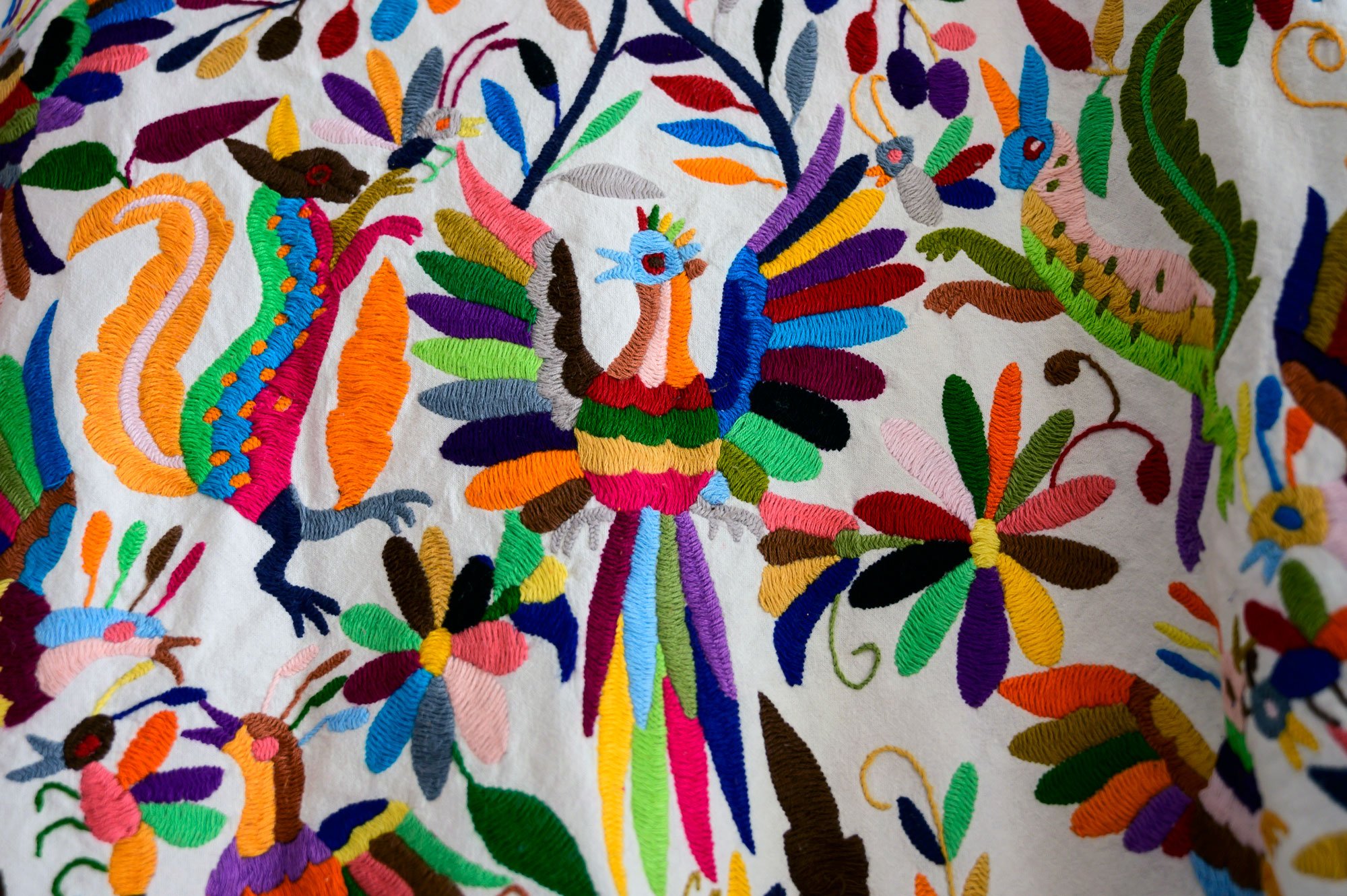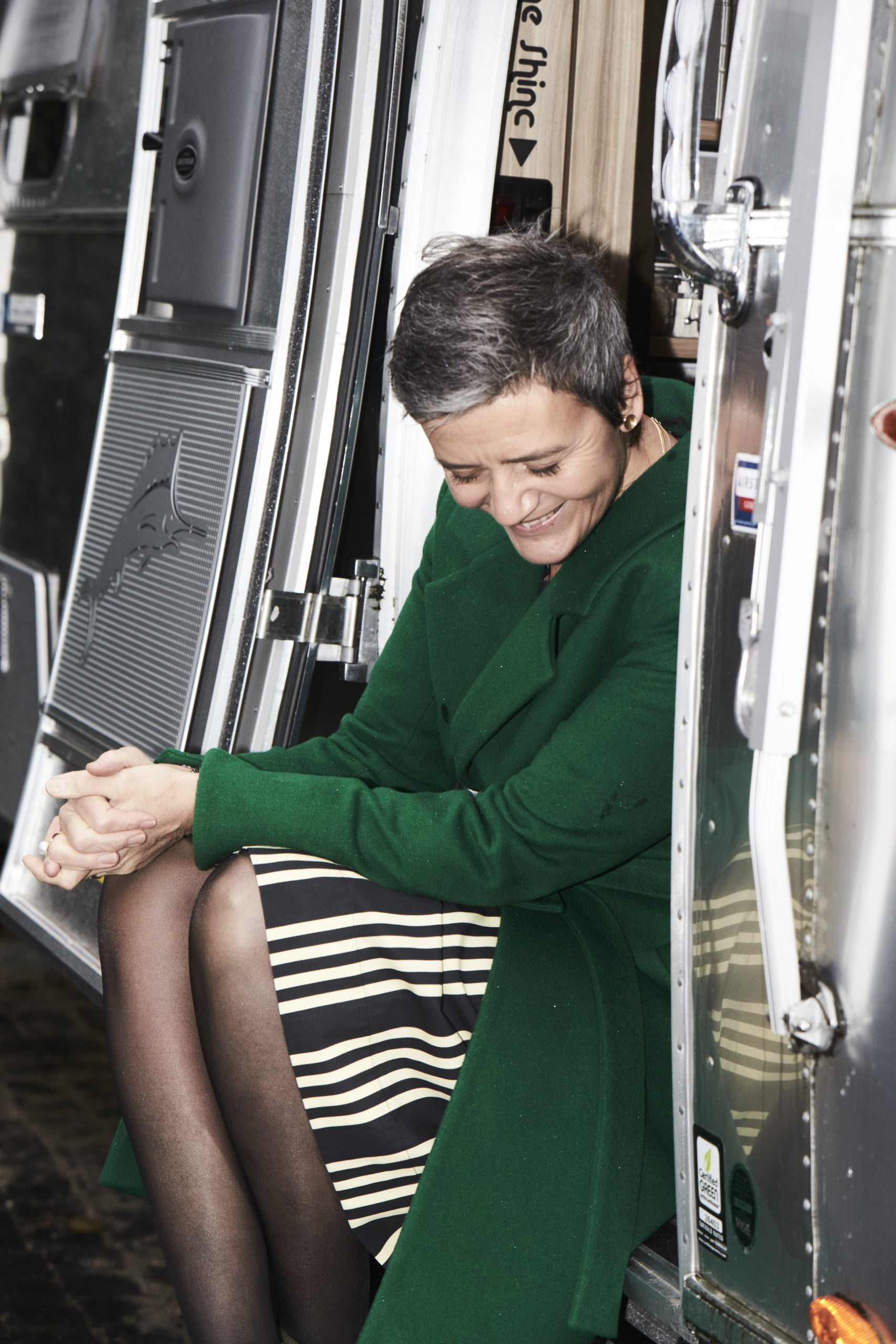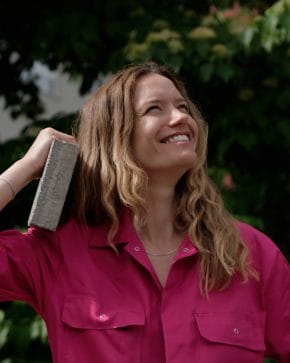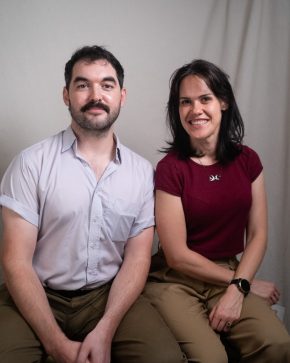Can you fight drug wars and economic hardship with culture? The Mexican culture minister, Alejandra Frausto believes it helps. With a strong ethical drive to represent the most vulnerable groups of her country, from disadvantaged children to indigenous artisans, she is not afraid to go against vested interests, no matter how formidable.
Alejandra Frausto may not be a household name outside of Mexico, yet she made international headlines last year, from The Guardian to El Pais, with her letter to New York fashion house Carolina Herrera.
In the letter, Frausto called out the company for using traditional embroidery and weavings in its new collection, questioning whether it had been in contact with the original indigenous designers.
“I wanted to break the silence”
“I wanted to break the silence about something that has been present for a very long time in Mexican, indigenous communities,” she explains, talking about her decision to act. “This is about giving these communities a voice. They’re thinking: ‘How come they stole my design, and I never saw a penny?’ They have great cultural richness but are in a serious economic situation. For these people, their embroideries also have a symbolic and ritual value. They are part of their history and culture,” the minister says over Zoom from her office in the Mexican capital.
Carolina Herrera accused of cultural appropriation by the Mexican governmenthttps://t.co/R7suMVPKm1 pic.twitter.com/TDSXnXewWe
— i-D (@i_D) June 14, 2019
Alejandra Frausto’s letter to fashion house Carolina Herrera unleashed a social media firestorm.
The Mexican government never received an answer from the fashion house, now run by designer Wes Gordon. But the offending ‘Cruise Collection’ was taken off the shelves. “That’s already something. It’s important for me to say that this is not about not sharing Mexican folk art with the world. We’ve done that for ages. It’s about respect for the designers and craftsmen,” Frausto says.
From presidential heliport to public park
In the background of Frausto’s office, you glimpse the beautiful Bosque de Chapultepec park in the heart of Mexico City. Like many other things in the country, a lot has changed here since the left-wing president Andres Manuel Lopez Obrador (popularly called AMLO), took office two years ago. Instead of living at Los Pinos, the traditional presidential residence inside the park, Obrador decided to turn it into a cultural centre and residence for artists and artisans.
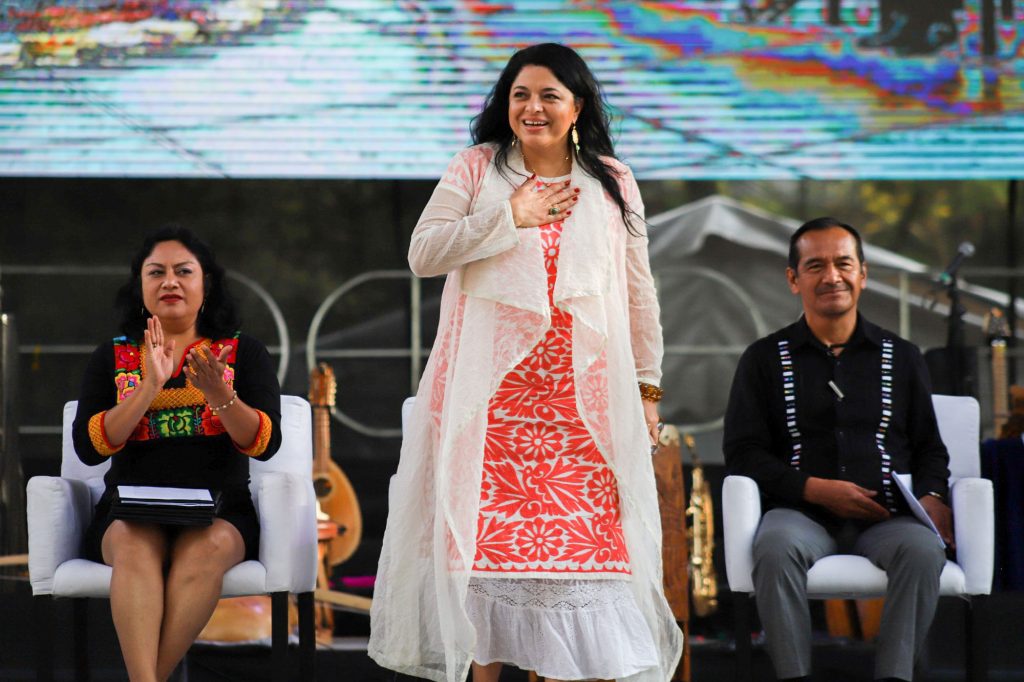
Alejandra Frausto was appointed as the Mexican culture minister in 2018.
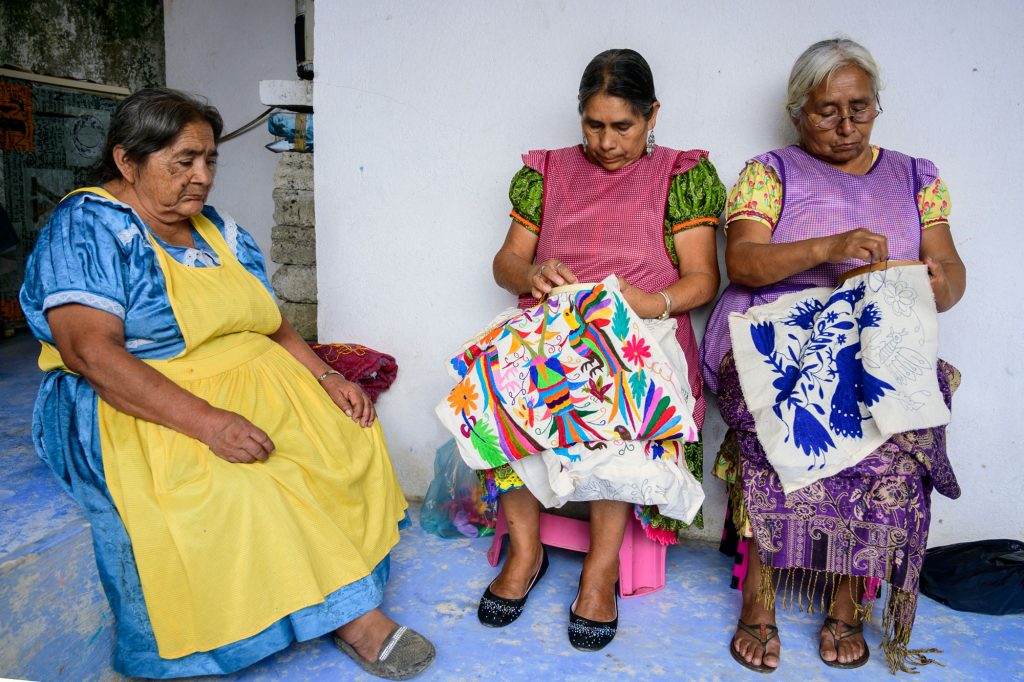
Frausto has already made a name for herself by standing up for the rights of Mexican artisans and their traditional designs.
“This part of the park used to be a place for the former president to land his helicopter,” Frausto says, pointing out of the window. “Now, we’ve opened it up to the public. When the Mexican film Roma came out, we showed it to an audience of 4,000 people here in the park,” she continues.
It’s symbolic of her cultural politics. When she was appointed as the country’s culture minister two years ago, Frausto was determined to create value for all Mexicans. Not just the cultural elite.
45 days of protests
Frausto grew up in the Mexican capital and traditional arts and crafts were honoured in her family. She describes how her parents, an artist and an architect, showed her and her siblings that Mexican culture was as strong, if not stronger, more deeply rooted and more diverse than mainstream American culture, which is a constant influence, also in Mexico. With an innate pride in her home country, from food, to clothing to languages to arts and crafts, she’s a passionate advocate of culture in driving change.

Even political change. When allegations of electoral fraud emerged in 2006, with Felipe Calderón being declared the new president instead of Andrés Manuel Lopez Obrador, Frausto was quick to respond. Like so many other Mexicans, she was upset by the political corruption and scandals in the country. In protest, she organised open concerts in Mexico City’s main square: El Zócalo and managed to get big names like singer Regina Orozco to perform at the concerts for free. The protests went on for 45 days attracting more than two million people.
It was there that Frausto’s talent was spotted by Andres Manuel Lopez Obrador. He saw that she had an ability to make things happen. In 2011, she was appointed cultural secretary of the state of Guerrero.
Fighting violence with music
It was in Guerrero that Frausto initiated a project to provide children with classical instruments and music lessons in areas reigned by los narcos, the powerful drug cartels. Some 286 children took part in this first project and she remembers the great moment when they were able to show off their new skills in a concert in the central square in Acapulco.
“Culture can be a real, social game changer”
Of all of her projects, this is one that the minister is especially proud of. “Many of these kids weren’t aware that there’s something else you can do in life other than being a part of a drug cartel in one way or another. A lot of them have continued their playing, and it has shown us that culture can be a real, social game changer,” Frausto says.
The drug wars have destroyed entire communities and research shows that the cartels currently operate in 40 percent of the municipalities across the country, especially in poorer areas.
Since adopting her current national role as minister, Frausto has been able to scale up the initiative. Last year, over 800,000 people participated in the Cultura Comunitaria programme. It now incorporates performance and music as well as arts and crafts lessons to help recreate the bonds in the community – and provide jobs too.
Nurturing 68 languages
But culture also relates to cultural identity. That is why Frausto is involved in a new policy to support the 68 different languages spoken in Mexico. “You think that the Olmec and Maya cultures are something that belongs to the past, but those cultures are still very much alive. People from these communities often hide that they speak these languages, because there’s been so much racism and discrimination,” she says.
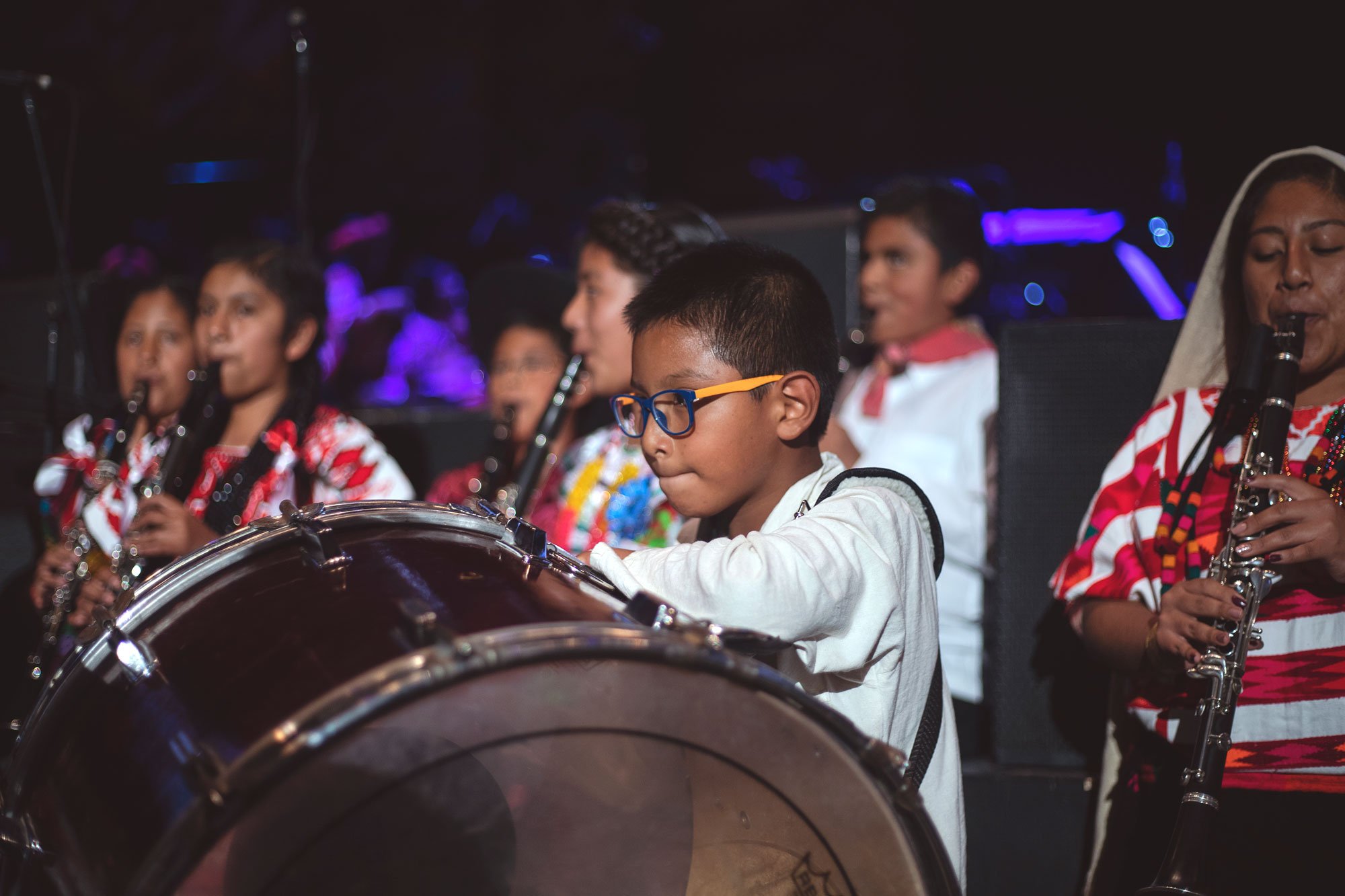
Together with the ministry of education, she is finding ways to highlight the merit of these languages and communities. It’s already making a difference. Children can now be taught in their native language in the schools.
“We’ve arranged concerts with music in these languages, and published a book written by philosophers, poets and writers from each community representing the 68 languages. It’s a small book, but imagine, it’s the first time this has been done to show the linguistic map of Mexico. It’s important, because a language also shows a way to see the world,” Frausto says.
Another programme will allow a spokesperson from each of these communities to speak to congress in their native language. “This is to make the legislators aware of the value of our many languages we have.”
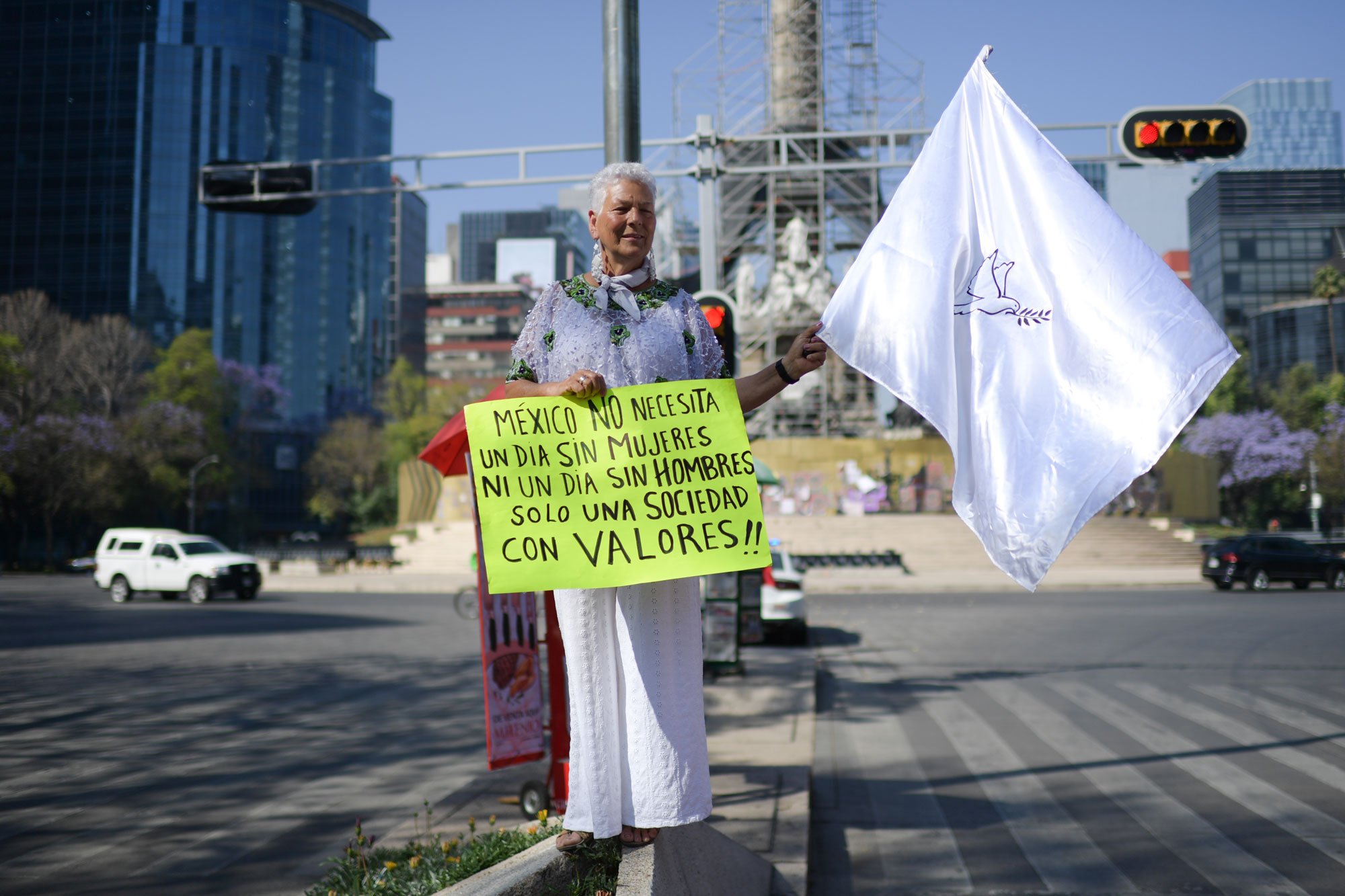
On 9 March, women across the country took part in protests against the endemic violence that women in Mexico face.
Women on strike
At 48 years old, Alejandra Frausto has an impressive array of achievements. Yet she prefers to speak about her projects and politics, rather than herself, moving on to discuss the challenges for women in a country with a deep macho tradition. “Personally, I have been able to do in my professional life what I wanted. But sexism here is really tough,” she says.
The current government cabinet is the first in Mexico to represent both sexes equally, and together with the other seven female ministers, Frausto has started a project to help women report sexism at work and create a willingness to fight the problem.
In March this year, women across Mexico went on strike, calling it un día sin nosotras – a day without us. The protest was initiated by the feminist group Las Brujas del Mar against the alarming number of femicides in the country. A few numbers: 987 women were killed in the first four months of 2020, 308 of them were categorised as femicides. Millions of Mexican women stayed at home. Alejandra Frausto did too. “It was incredible, that day was so silent. This protest was very strong,” Frausto says.
Undaunted by death threats
Her biggest challenge so far? Apart from the bureaucracy and the resistance to change in so many areas, Frausto mentions Mexico’s version of a cartoon crisis, for which she was held accountable. In 2019, the national gallery of art, Las Bellas Artes, featured an exhibition on the Mexican revolutionary hero, Emiliano Zapata. One of the paintings showed Zapata nude on a horse with a pink hat, high heels and a big erection. People protested in front of the museum, and the artist, Fabian Chairez got death threats. Frausto defended him fiercely and publicly.
“One thing is to talk about freedom of expression, another thing is to live it”
“This reaction contained so many of the things we need to change: machismo, homophobia, conservatism… One thing is to talk about freedom of expression, another thing is to live it. There’s a huge difference. I will defend our rights of freedom of expression until I die.”
Culture to the rescue
In the past months, the country’s cultural institutions have been quiet due to the pandemic. The sector has been hit hard, but the minister believes that culture will prevail. “The pandemic has destroyed human lives and communities… but culture is what brings us together. What did we do, when we were locked inside our homes? We watched movies, listened to music and read books. It’s in times like this, that culture shows its power. I believe that we’ll see a renaissance of some sort, something new and luminous will arise as it has done earlier in history after crises and times of darkness. Our culture will save us. Why? Because it gives us hope.”
